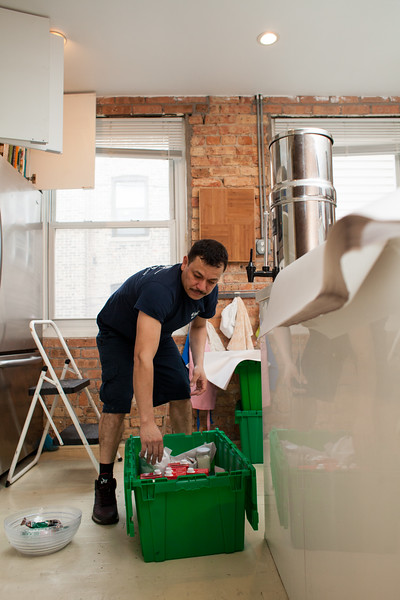Planning a move can be overwhelming, especially if you’re in the middle of a busy season at work or have a lot going on in your personal life. It takes a lot of careful organization if you want a stress-free relocation, and that’s why we’re here to help. Read through our moving checklist and do these 10 things to get prepared for your moving day.
1. Book professional movers
Make booking professional movers a top priority on your to-do list for moving. Going with a top-rated mover will ensure that all your possessions get from A to B in one piece, and an expert takes the hassle out of moving them yourself. But be sure to book your chosen company at least a couple of months in advance as good movers are in demand.
2. Be aware of costs
Depending on how far you’re moving, you’ll be paying for a few things along the way. Your belongings will need to be shipped unless you’re driving them yourself, and the weight of your shipment, the distance traveled by the movers, and labor costs will all add up. You’ll also need to take into account the cost of your own travel to your new address, whether by plane or car.
3. Sort and purge
You can save money on your move by taking inventory of your entire home and getting rid of items you don’t need. Go through every room and make a list of what you want to keep and what you can sell online or donate. Make a note of any items that will need special packing or insurance for the move.
4. Order packing supplies
Once you’ve decided what you’re taking with you, jump online and order moving boxes and other packing supplies, such as tape, bubble wrap, packing material, permanent markers and sticky labels.
5. Start packing up
You’ll want to allocate at least a couple of weeks for this, depending on the size of your home. Pack the items you don’t use much first and pack like items together. As you go through each room packing up, make sure you label each box with a number and what room it will go in for the movers.
Set up a moving list spreadsheet online to record each box and its items for insurance purposes. Keep valuable items separate, such as jewelry and important files, to personally transport yourself.
6. Pack a welcome box
There’s nothing worse than arriving at your new home and not knowing where the tea bags or your kids’ toys are. Think about what you might need during the first day or two in your new home and pack a separate box with essential items to make your life easier.
7. Change of address
Notify your doctor, dentist and any other medical services you use, of your impending move and arrange for them to forward you your medical records. You’ll also need to notify your bank, insurance company, employer, friends/relatives and cancel any services and subscriptions. Fill out a change of address form at the local post office or do it online to get your mail redirected.
8. Transfer utilities
Contact utility companies and let them know your moving date so they can stop services, and send final bills. Arrange for corresponding utility companies to connect electricity, water, gas, phone, internet services at your new address for when you move in.
9. Organize pets
If you have a cat or dog, then you’ll need to make arrangements for their travel and ensure they’ve had their vaccinations and treatments before they leave. If they’re not microchipped then it’s wise to do this in case they escape. Also, read up on laws and regulations for keeping animals in the new state as you may need a license or proof of a vaccination.
10. Plan your own trip
Lastly, you’ll want to book your flight or make your travel arrangements to coincide with moving day and the arrival of the truck at your new address. For example, you may need to stay at a hotel or Airbnb in your new state for a few days before the truck arrives so you can be on hand to let them in.
Getting the timing right is important so it pays to get this information early on from your moving company so you can make your own arrangements and cross them off your moving checklist. Happy planning!
Author’s Bio
Angela Pearse is a blogger for Zumper who frequently combines travel with freelance writing. She’s passionate about Art Deco hotels, historical novels, Netflix, hiking and healthy living.





